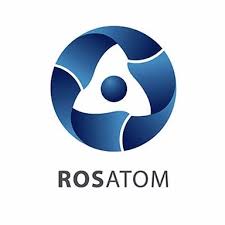Australian company Silex Systems Ltd. has been developing full-scale laser system modules for deployment in Global Lasers Enrichment (GLE) commercial demonstration facility in the U.S. Testing has been completed on the second module.
Silex mentioned that the second module was constructed and tested at its laser technology development center in Lucan Heights, near Sydney in less than twelve months. This is in line with the accelerated schedule for the commercial-scale pilot demonstration project.
The laser system module is currently being prepared for shipments to GLE’s facility in Wilmington, North Carolina. It is expected to be installed and operational by the end of 2023, subject to transportation scheduling.
Michael Goldsworthy is the Managing Director and CEO of Silex. He said, “This is another key milestone for the SILEX uranium enrichment technology which demonstrates our ability to efficiently build full-scale SILEX laser system modules, and to incorporate improvements which enable increased reliability under commercial-scale conditions for extended periods. We are also encouraged with the accelerated efforts in GLE’s Test Loop facility through which the balance of pilot systems, including the separator and gas handling equipment, are progressing towards completion of construction. We are hopeful that commissioning of the full pilot facility could commence in Q1 CY2024.”
The first full-scale laser system module developed by Silex completed eight months of testing in August 2022. Following the testing, it was packaged for shipment to GLE’s Test Loop Facility at Wilmington. It was expected to be installed before the end of 2022.
GLE is the exclusive worldwide licensee of the SILEX laser technology for uranium enrichment.
GLE is a joint venture between Silex (fifty one percent) and Cameco (forty nine percent). Last February, the two companies agreed to a plan and a budget for CY2023 that accelerates activities in the commercial-scale pilot demonstration project for the SILEX uranium enrichment technology as early as mid-2024. At that time, Silex said, “If the technology demonstration project can be successfully completed on an accelerated timeline, this preserves the option to commence commercial operations at the Paducah Laser Enrichment Facility (PLEF) up to three years earlier than originally planned, subject to the availability of government and industry support, as well as geopolitical and market factors.”
In a recent statement, Silex said, “Assuming successful achievement of TRL-6 and a positive feasibility study, GLE could potentially deploy the PLEF for the production of natural grade uranium (in the form of UF6) via enrichment of Department of Energy-owned tails inventories under a landmark agreement signed between GLE and the DOE in 2016.”
The PLEF project has the potential to produce up to five million pounds of uranium oxide annually for about thirty years. GLE will produce natural grade UF6 via tails processing. They are also considering further development of PLEF to use the technology to produce low-enriched uranium and so-called LEU+ from natural UF6 to supply fuel for existing reactors. They may also produce high-assay low-enriched uranium (HALEU) for next generation advanced small modular reactors (SMRs). HALEU is critical to the fueling of many SMR designs.




